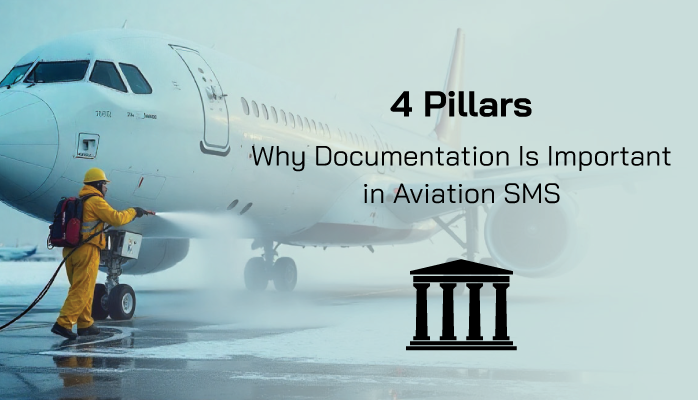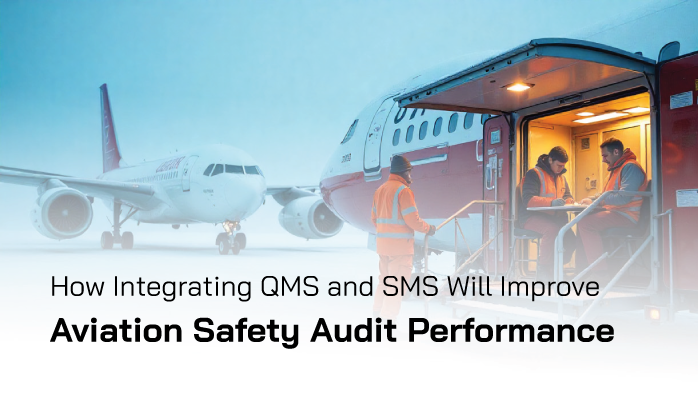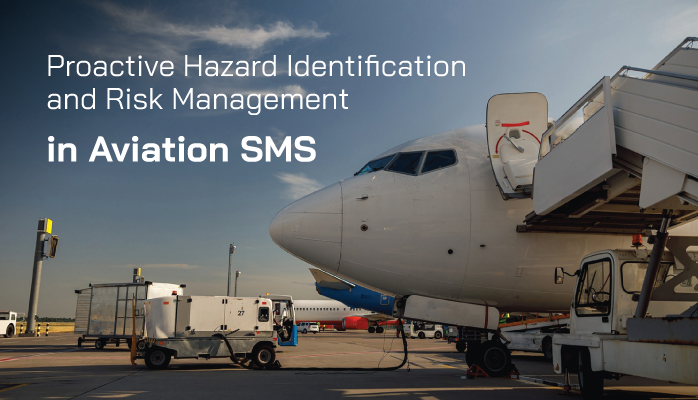What Is Aviation Safety Culture
By definition, aviation safety culture is an organization’s commitment to safety. I tend to find this definition limiting.
Perhaps a better way to understand safety culture is the means of realizing safety success, in which commitment is just one part.













